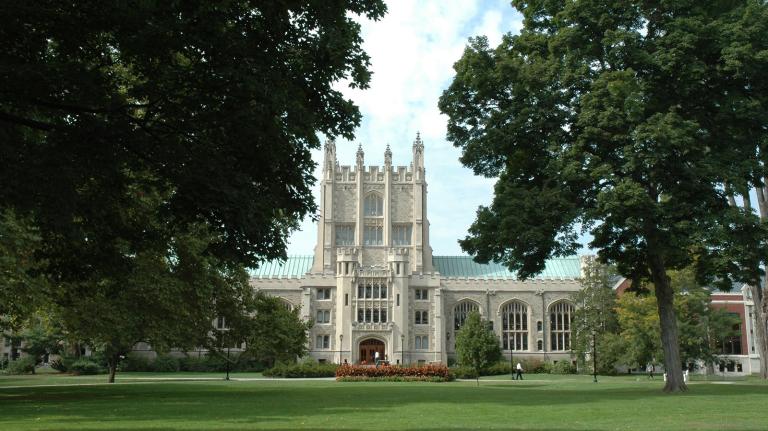Q. Dear Umbra,
I am planning a garage conversion and wondering whether to heat by means of radiators connected to the gas-fueled central heating or by under-floor electric heating (there isn’t sufficient room for under-floor pipes). I have been told by some that under-floor heating is very cheap to run, and by implication therefore has a low carbon footprint, and by others that it is very expensive. How eco-friendly is it in comparison with central heating?
Wendy R.
Manchester, U.K.
A. Dearest Wendy,
We’re rejoicing in the heat of summer right now, but before we know it we’ll need to turn our minds to that other kind of heat — the one that warms the cockles of our hearts and the soles of our feet on a chill winter’s night. It’s wise of you to plan ahead, because these summer days are fleeting — and with a little forethought, you can get just the heating system in place you need to make the upcoming autumn and winter a bit more pleasant.
What you call under-floor heat is known as radiant heat to us here in the States. No matter what you call it, the system consists of a heat source — either hot water pipes or electric elements — built into the floor. The heat radiates up to the people, pets, and furniture directly above; once the room is warm, another form of heat transfer, convection, naturally kicks in to help circulate that warmth evenly around the room. It lends a cozy, even luxurious feel to a home. But where luxury sometimes translates to “environmental disaster” (see: 12-mpg Lamborghinis, McMansions, personal jets), radiant heat actually has green bona fides.
Namely: Radiant heat is quite energy-efficient (the water version is even more so than the electric version, but we know that’s not an option for you). A radiant heating system has a large surface area, so it can spit out less overall heat than a smaller radiator charged with warming a whole room. And as the system is spread beneath the entire floor, it generates heat evenly. Radiators and forced-air systems, in contrast, leave you with chilly spots and drafts (here’s a nifty cartoon showing this in action), which tends to result in the bottom of the room being colder than the top. And because radiant heat is even-handed, the room will be so uniformly toasty, including down low, that it makes you feel warmer at a lower temperature. Sometimes you can get away with docking the thermostat by 5 whole degrees (Fahrenheit) without piling on the extra sweaters. Overall, the under-floor system is roughly 15 percent more efficient than standard radiator systems.
Now for the downside. Radiant heat, for all its efficiency, is like a lumbering freighter of warmth: not so great at turning on a dime. It can take a few hours to get up to your desired temperature, and once it’s warm, it stays warm for a while. But you can also use this quality to your advantage, Wendy, by “charging” the floor overnight with heat, when electricity may be cheaper, then switching it off during the day. A floor with enough thermal mass (like concrete) will retain that warmth all day, no extra energy required. (One of your countrymen does just this through the U.K.’s Economy 7 tariff for off-peak power.)
Ultimately, the greenness of a radiant heating system depends on how your power is generated. Electricity can come from dirty fossil fuels, or it can spring from renewable sources such as sun and wind power. Imagine, Wendy, your newly habitable garage warmed by your own set of solar panels! Radiant heating systems also pair very nicely with heat pumps, another highly efficient energy source. Without knowing the particulars of your space and budget, I can’t say for certain how the under-floor option will work for you — but it has the potential to be the greenest choice.
Whatever you do, make sure to button up your new space with great insulation and other weatherization techniques. Even the most sustainable heat source is just pouring energy out the cracks and windows without it.
Just like the industrious ant of ant-versus-grasshopper fame, you’ll be glad you toiled through the hot summer to set up an efficient, cozy retreat come wintertime. ‘Til then, have another glass of lemonade. It’s hot out there.
Thermally,
Umbra




